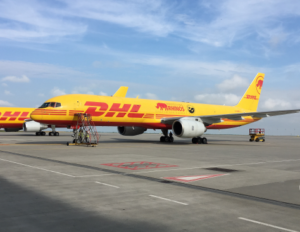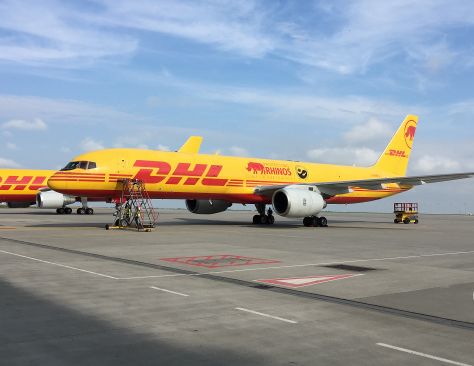 The air cargo industry is predicted to experience increased integration as global market share continues to be concentrated in the hands of a few, according to a new analysis by WorldACD.
The air cargo industry is predicted to experience increased integration as global market share continues to be concentrated in the hands of a few, according to a new analysis by WorldACD.
The report said the Top 100 air cargo forwarders, measured by chargeable weight produced in 2015, together cover 58% of the worldwide market. By origins, the group consists of 37 forwarders from Asia-Pacific, 27 from Europe, 17 from the U.S., 11 from the Middle East and South Asia (MESA), and four each from Africa and Latin America.
Among the Top 20, the joint market share is 43%, divided among 12 European, four Japanese, three U.S., and one MESA forwarder. The Top 10 show a joint market share of 35%, with individual shares ranging from 8.5% to 1.5%, realized—in descending order—by DHL, K&N, Schenker, Expeditors, Panalpina, UPS, Nippon Express, DSV/UTi, Kintetsu, and Ceva.
Of the 20 largest airfreight markets, the combined share of the Top 20 differs greatly from one market to another. The 20 biggest forwarders have a market share ranging between 60% and 67% in the strongly concentrated markets of Germany, Japan, U.S. Midwest, France, and Singapore.
In Germany, the six biggest forwarders are all European. In Japan, nine of the 10 largest are Japanese. In the Pacific U.S., four of the five biggest are also “home-grown.”
In the highly dispersed markets of India, Southeast China, and the United Arab Emirates (UAE), the Top 20 has a combined share of less than 30%, with the top forwarder in India having a market share of barely 5%.
Instead, these markets are dominated by local or regional forwarders from outside the Top 100, who together have shares of 60% in India, 64% in Southeast China, and 58% in the UAE. In India, five forwarders in the local Top 10 have their origins in MESA.
In most of the other main markets, there is a strong presence of the larger forwarders from Europe and the U.S., which have farmed out across the world. From the 37 Asia-Pacific forwarders, only the large ones from Japan have successfully internationalized so far.
The world’s top forwarders have strongly diverging shares from one market to another. DHL (8.5% global market share) has 3.1% in Southeast China, but 19.4% in Australia. Expeditors, the largest U.S. forwarder (3.3%), has 0.6% in Australia but 8.5% in the Midwest. And Nippon Express, the largest forwarder from Asia (2.4%), has no presence in the UAE, but a 21% market share in Japan.
The report forecasts further consolidation among forwarders through acquisition or cooperation.
Growth flat amid slump
Meanwhile, air cargo volume growth was limited to 0.5% year-on-year in May, which WorldACD said was not surprising “since world trade is in a slump.” North American carriers fell back by 4%, whereas those from MESA grew by the same percentage. Yield in U.S. dollars dropped by 1.9% compared to April.
In the year-to-date, European forwarders gained in kilograms what North America lost. In spite of a general U.S. dollar-yield decline of 16% worldwide compared to the first five months of 2015, some of the larger traffic flows did very well in terms of yields. On Bogota-Miami and Quito-Miami, yields have been improving in 2016 so far.
Photo courtesy of DHL





